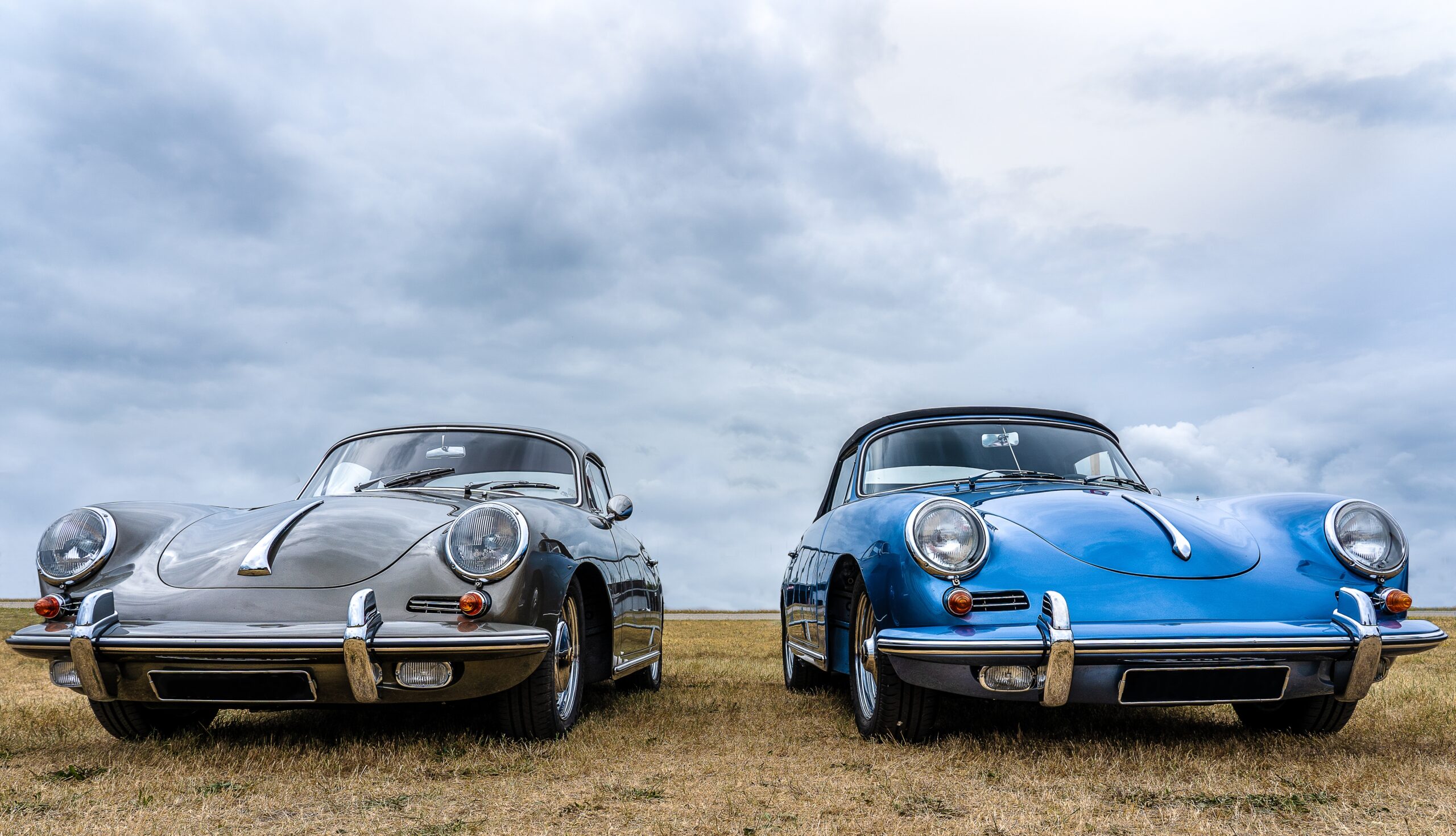Buying a vintage or classic second-hand car in South Africa can be an exciting and rewarding experience for automotive enthusiasts. These vehicles have a unique charm, timeless appeal, and often carry a rich history. However, purchasing a vintage or classic car requires careful consideration and research to ensure a successful and enjoyable ownership experience. In this case study, we will explore the journey of a car enthusiast who purchased a vintage car in South Africa and the lessons learned along the way.
The Buyer’s Motivation: Mr. Johnson, an avid car collector and vintage car enthusiast, had always dreamed of owning a classic car from the 1960s. After months of researching and attending car shows, he found a beautifully restored Ford Mustang from 1965 being advertised for sale in South Africa. The allure of owning an iconic American muscle car was irresistible, and he embarked on the process of purchasing the vehicle.
Research and Documentation: Mr. Johnson recognized the importance of thorough research and requested detailed documentation about the car’s history, previous owners, and restoration work. He contacted the seller to arrange a meeting to inspect the car in person and review the paperwork.
Physical Inspection: During the physical inspection, Mr. Johnson carefully examined the car’s exterior, interior, and mechanical components. He paid particular attention to the body condition, paintwork, engine performance, and overall mechanical soundness. He took note of any signs of rust, panel misalignments, or evidence of previous accidents.
Professional Inspection: Understanding the significance of a professional assessment, Mr. Johnson arranged for a specialized mechanic with expertise in classic cars to inspect the vehicle. The mechanic performed a comprehensive evaluation, including a thorough examination of the engine, suspension, brakes, and electrical system. The inspection revealed a few minor issues that could be addressed during the restoration process.
Documentation Verification: Mr. Johnson diligently verified the authenticity of the vehicle’s identification numbers, ensuring they matched the documentation provided. He also confirmed that the vehicle complied with all legal requirements and had a valid roadworthy certificate.
Budget Planning: Understanding the potential costs involved in owning and maintaining a vintage car, Mr. Johnson created a budget that included purchase price, restoration expenses, insurance, and ongoing maintenance costs. He factored in the need for spare parts and specialized services that might be required for the particular model he was purchasing.
Ownership Transfer and Insurance: Upon finalizing the purchase, Mr. Johnson ensured that the ownership transfer was conducted legally and that the vehicle was appropriately insured. He opted for classic car insurance that provided coverage tailored to the unique needs of vintage vehicles.
Ongoing Maintenance and Preservation: Mr. Johnson recognized the importance of regular maintenance and preservation to protect the investment and keep the car in optimal condition. He joined vintage car clubs and participated in events and rallies to connect with like-minded enthusiasts and gain valuable insights into maintenance techniques and resources.
Mr. Johnson’s case study highlights the key steps and considerations involved in purchasing a vintage or classic second-hand car in South Africa. Thorough research, meticulous documentation review, physical and professional inspections, budget planning, and ongoing maintenance are crucial for a successful purchase and ownership experience. By following these steps and taking the time to understand the unique aspects of owning a vintage car, enthusiasts can fulfill their dreams and enjoy the timeless beauty and character of these automotive gems.











